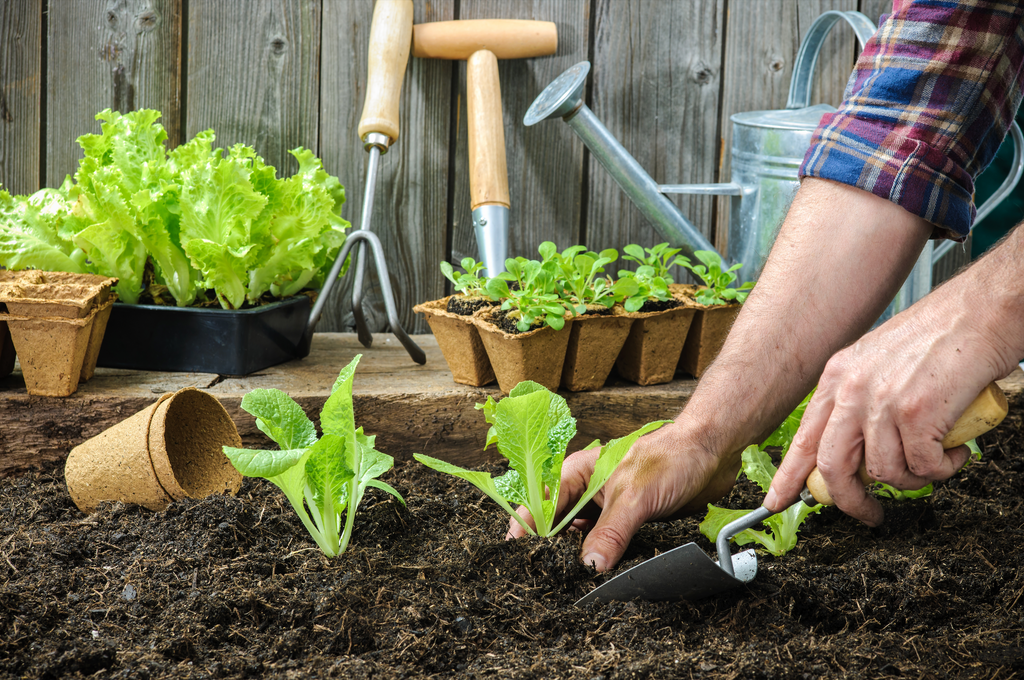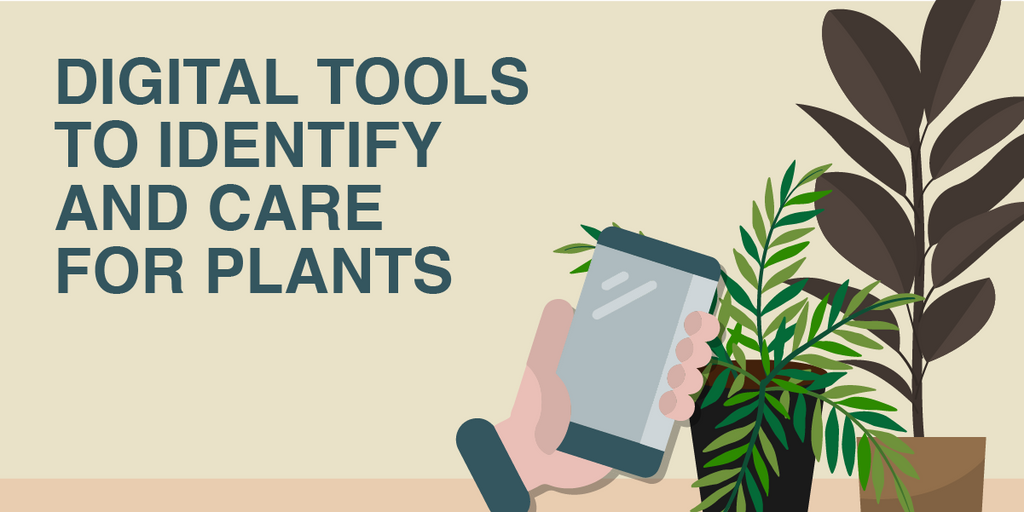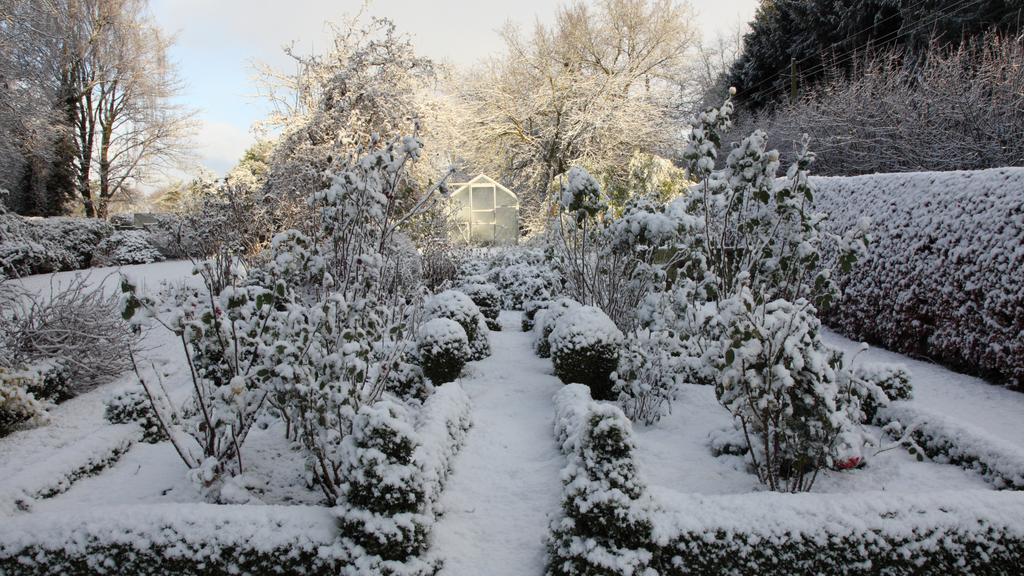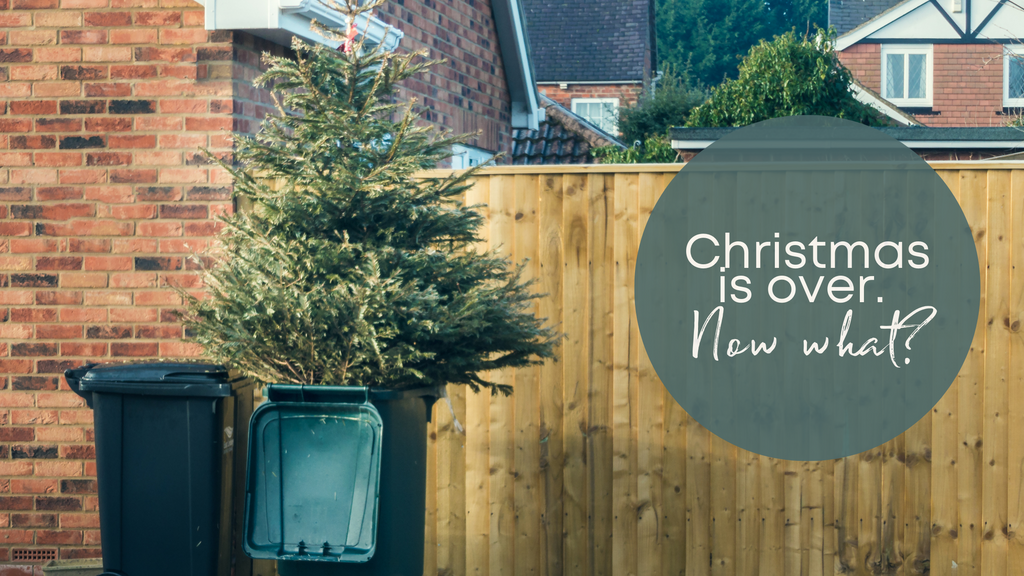
Balcony Gardens – Getting you started


In our previous blog posts, we have spoken at length about the various terms and methods, along with tips and tricks on starting your own garden. And through our various interactions, our loyal supporters (yes, you!) have made mention that some people don’t have the yard space or reside in apartments a few floors off the ground. As such, we decided to put this post together to give you some guidance on how to start a ‘balcony garden’ so that you, too, can have access to those amazing herbs, lovely flowers, and bug control in the form of that Venus Flytrap or citronella.
Yes, citronella has advantages beyond its crisp and clean fragrance… More on that later.
To begin your balcony garden, you will need a jackhammer, shovel, pickaxe and… just kidding. You don’t have to dig up your tiles or break through your floor. You must, however, consider the plants you wish to grow – we do not recommend attempting to grow an apple tree – other than taking years to bear fruit, chances are, your balcony will not be able to carry the weight. An average apple tree weighs in at around 400 kilograms – without even considering the fruit.
We therefore suggest that you try for something somewhat smaller like potted plants, an assortment of herbs, some flowers, and even some veggies.
Step 1: Evaluation
We’ve said it before, and we will say it again. Gardening, in whatever capacity, whether it be a single potted plant, or a full-out farm, requires planning. It is important to make note of:
- Sun – If your balcony is south-facing, you shouldn’t have any problems. If north-facing, then you may need to consider shade-loving plants such as: foxgloves, snowdrops and bellflowers.
- Shade – Sometimes you may have a south-facing balcony but inconsiderate building planners. Your would-be sun-filled balcony is now left in perpetual semi-darkness due to the looming monstrosity of a skyscraper blocking out your sun. Again, you can consider the foxgloves and snowdrops. You should go out in the mornings, evenings, and afternoons to note the sunshine and shade spots.
- Wind – Due to the height, balconies are more prone to wind than their ground floor counterparts. Through your evaluation, you can note just how much of wind your balcony receives and you’ll be able to judge whether to consider wind-resistant plants like rosemary.
Step 2: Preparation
Balcony gardens may sound easy – just drag a pot into the corner, toss in some seeds, water it, and let it grow. Alas, if only it was so simple.
Before you even bring in any soil, seeds, or flowers, you must prepare your space. From your evaluation, you will know what types of plants you wish to grow, and the conditions in which those plants will thrive. Now you need to decorate your space without drowning your flowers.
The basic aspects to consider are:
- Drainage – most balconies have drainage systems or slanted floors. Look at where the water runs as you don’t want muddy puddles to develop every time you sprinkle your leaves.
- Design – How do you want your garden to look? Building on your unique perspective, you can then consider hanging beds, wall beds, floor pots, or railing beds.
- Flooring – Whilst we are sure that your tiling must be lovely, consider outdoor mats, AstroTurf, wooden floor pieces – the list is endless and you can tailor your flooring according to your individual preference.
Step 3: Planting and care
The most appealing aspect of having a balcony garden is that with the right set-up, minimal care is needed for maximum result.
There are three open secrets to low-maintenance balcony gardens, and these are:
- Self-watering containers
With an ingenious wick system, these slightly more expensive containers make use of excess water to keep your plants nourished without drowning them outright. The expense is justified in the amount of time and stress these containers save you in the long run.
- Bigger is always better
Whilst you can’t exactly change your balcony size, apart from moving, you can choose larger containers for your plants. Larger pots give your plants an even moisture and the increased volume will allow the soil to hold more water and slow down evaporation.
- Buy seedlings
To speed up your balcony gardening and to have observable results fast, consider seedlings rather than seeds. Perfect for first-time gardeners, purchasing seedlings removes the time you’d spend waiting for seed to sprout.
Now that you have an idea of what it will take to turn your open space into a natural paradise, we will look at so much more in our blogs to come. You can look forward to a variety of content on plants to begin you on your balcony gardening journey, harvesting herb gardens, and much more.
For hassle-free flower delivery, fresh produce (and much more), visit us at UCS Fresh.







